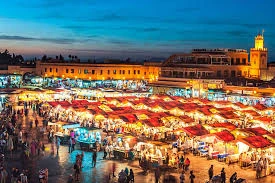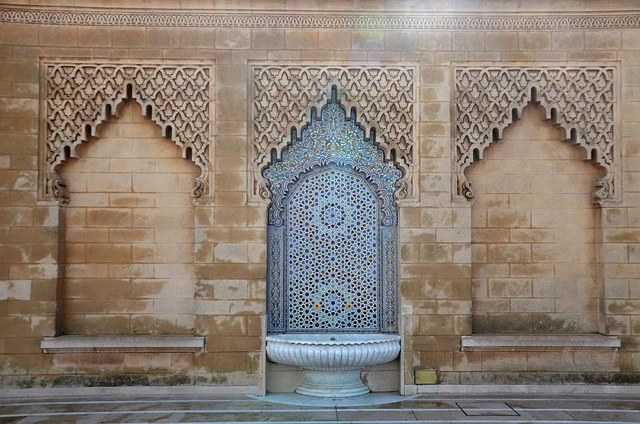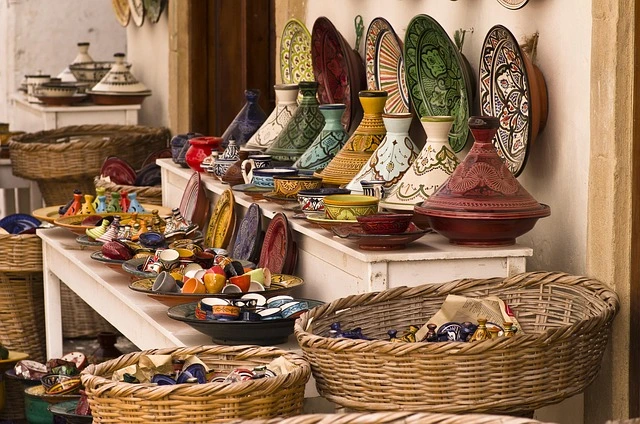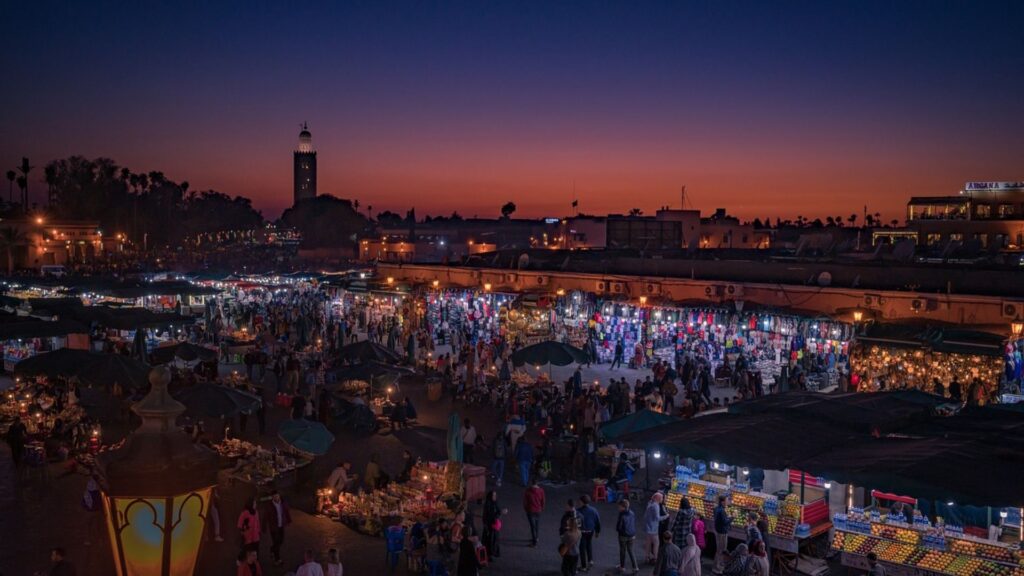If you’ve ever dreamed of a getaway that blends rich history, vibrant culture, and stunning landscapes, then Morocco should be at the top of your travel list. With its bustling cities, majestic mountains, and endless deserts, Morocco offers the perfect destination for national travels. Whether you’re a local resident or a foreigner exploring the beauty of this fascinating land, Morocco has so much to offer.
In this guide, we’ll dive deep into the wonders of Morocco, highlighting the best places to visit, practical travel tips, and what makes this country such a magical place to explore. So, get ready to discover Morocco’s best-kept secrets and begin your adventure!
Table of Contents
What Are National Travels?
Before we dive into the specifics of Morocco, let’s first take a moment to understand what “national travels” really mean. National travels refer to journeys within your own country, exploring its diverse landscapes, cultures, and attractions. These travels allow you to connect deeply with your nation’s heritage, experience its traditions firsthand, and support local businesses and communities.
With the rising trend of sustainable travel and the desire to explore more localized destinations, national travels have become more popular. And there’s no better place to start than in Morocco—an unforgettable blend of tradition, modernity, and nature.
Why Choose Morocco for National Travels?
A Land of Diversity
Morocco isn’t just a country—it’s an entire world waiting to be explored. From the bustling streets of Marrakech to the peaceful sands of the Sahara Desert, the variety of experiences available is unparalleled. Here are just a few reasons why Morocco stands out as a top destination for national travel:
- Diverse Landscapes:
Whether you love the desert, the mountains, or the ocean, Morocco offers all of it. You can trek through the Atlas Mountains, ride camels in the Sahara Desert, or relax on the beaches of Essaouira. - Rich Culture and History:
Morocco is steeped in centuries of history, reflected in its architecture, museums, and local traditions. From the ancient medinas to the colorful souks, Morocco has a timeless charm that beckons every traveler. - Delicious Cuisine:
Moroccan food is a celebration of flavors. You’ll find rich spices like cumin, saffron, and cinnamon blending together to create dishes like tagine and couscous. No matter where you go in Morocco, you’ll experience a feast for the senses. - Cultural Immersion:
National travels are an opportunity to immerse yourself in the local culture. Whether you’re visiting a Moroccan restaurant, shopping for a traditional Moroccan rug, or chatting with Moroccan women in the souks, you’ll have the chance to connect with locals in meaningful ways.
Top Destinations for National Travels in Morocco

There’s no shortage of incredible places to explore within Morocco. Here are some of the top destinations you should consider when planning your national travels.
Marrakech – The Red City
Marrakech is Morocco’s most iconic city, famous for its vibrant energy and historical charm. The city’s medina is a UNESCO World Heritage site and a maze of narrow streets filled with market stalls, local artisans, and plenty of history.
- Must-See Attractions:
- Jemaa el-Fnaa: This bustling square is the heart of Marrakech, where street performers, food vendors, and local artisans create an unforgettable atmosphere.
- Majorelle Garden: A stunning botanical garden with vibrant blue colors and exotic plants.
- Koutoubia Mosque: One of the largest and most beautiful mosques in Morocco, known for its towering minaret.
Fez – A Step Back in Time
Fez is one of Morocco’s oldest cities and a true cultural hub. It’s home to the world’s oldest university and features some of the country’s best-preserved medieval architecture.
- Must-See Attractions:
- Fes el-Bali: The ancient medina, filled with winding alleys, artisan workshops, and bustling souks.
- Al-Qarawiyyin University: The world’s oldest continuously operating degree-granting university.
- The Royal Palace: A stunning example of Moroccan architecture.
Chefchaouen – The Blue Pearl
Chefchaouen is known for its picturesque blue-painted buildings and tranquil atmosphere. Nestled in the Rif Mountains, Chefchaouen is the perfect place to unwind and enjoy Morocco’s natural beauty.
- Must-See Attractions:
- The Blue Medina: Wander through the cobbled streets and discover the town’s unique blue color palette.
- Rif Mountains: Hike through the stunning mountains surrounding the town.
The Sahara Desert – An Unforgettable Adventure
No trip to Morocco is complete without experiencing the Sahara Desert. Merzouga, in the southeastern part of Morocco, is the gateway to the desert. Imagine riding camels over golden sand dunes, stargazing in the clear desert skies, and spending a night in a traditional Berber tent.
- Must-See Attractions:
- Erg Chebbi Dunes: The towering sand dunes offer a surreal landscape perfect for photos and camel rides.
- Desert Camping: Spend the night under the stars in a traditional Berber tent.
Atlas Mountains – A Hiker’s Paradise
For those who love the outdoors, the Atlas Mountains offer some of Morocco’s best trekking routes. The high peaks and scenic valleys are home to small Berber villages that maintain traditional ways of life.
- Must-See Attractions:
- Mount Toubkal: The highest peak in North Africa, perfect for a challenging hike.
- Berber Villages: Discover rural villages where the Berber people live off the land.
Essaouira – A Coastal Gem
Essaouira is a beautiful coastal city that offers a mix of history, culture, and beach life. Its UNESCO-listed medina, fresh seafood, and artistic vibe make it a must-visit destination.
- Must-See Attractions:
- Medina of Essaouira: Wander through the narrow streets and shop for local handicrafts.
- Moulay Hassan Square: The vibrant heart of the city.
Practical Tips for National Travels in Morocco

When planning your trip to Morocco, there are a few things to keep in mind to make your travels smooth and enjoyable.
Best Time to Visit Morocco
The best time to visit Morocco is in the spring (March to May) or fall (September to November). During these months, the weather is mild, making it ideal for sightseeing and outdoor activities. Summer months can be extremely hot, especially in the desert and southern regions.
Transport Options in Morocco
- Trains: Morocco’s train system is a reliable way to travel between major cities, offering scenic views along the way.
- Buses: An affordable option for domestic travel, buses connect most towns and cities.
- Private Tours: For a more personalized experience, consider booking a private tour that can take you to remote areas.
Accommodation Choices
Morocco offers a variety of accommodation options to suit all budgets:
- Riads: Traditional Moroccan houses with interior courtyards, perfect for an authentic experience.
- Hotels: From luxury resorts to budget-friendly options, Morocco has something for everyone.
- Camping: For the adventurous traveler, consider camping under the stars in the desert or the mountains.
Must-Try Moroccan Cuisine

One of the highlights of any trip to Morocco is the food. The country’s cuisine is a blend of Berber, Arab, and Mediterranean influences, making it a delightful experience for your taste buds.
- Tagine: A slow-cooked stew made with meat (often lamb or chicken), vegetables, and a variety of spices. It’s typically served with bread or couscous.
- Couscous: A traditional North African dish made of steamed semolina, often served with vegetables and a meat-based stew.
- Pastilla: A savory-sweet pastry filled with pigeon or chicken, almonds, and cinnamon.
- Moroccan Mint Tea: Often referred to as “the drink of hospitality,” it’s made with green tea, mint, and sugar.
If you’re looking to recreate some of these delicious dishes at home, consider getting some high-quality Moroccan olive oil. Its distinct flavor is perfect for drizzling over salads, dipping bread, or enhancing the taste of your tagine.
Safety and Cultural Etiquette
While Morocco is generally a safe destination for travelers, it’s important to follow some basic cultural etiquette:
- Dress Modestly: In rural areas and religious sites, it’s important to dress modestly to respect local customs.
- Respect Local Traditions: Whether you’re visiting a mosque, a Moroccan restaurant, or a Berber village, be mindful of the cultural differences and always ask before taking photos of people.
- Stay Aware: Like in any busy city, be cautious in crowded areas and keep an eye on your belongings.
Conclusion
National travels in Morocco offer an exceptional opportunity to explore a country full of beauty, culture, and adventure. Whether you’re visiting vibrant cities like Marrakech and Fez, or immersing yourself in nature in the Atlas Mountains or the Sahara, Morocco has something to offer every type of traveler.
Are you ready to start your journey? Pack your bags, plan your route, and immerse yourself in the magic of Morocco. There’s a whole new world waiting for you!
FAQs
1. What are the best national travel destinations in Morocco?
Top destinations include Marrakech, Fez, Chefchaouen, the Sahara Desert, and the Atlas Mountains. Each location offers a unique experience, from city life to serene landscapes.
2. What is the best time to visit Morocco?
The best time to visit Morocco is during the spring or fall when the weather is mild, making it perfect for sightseeing and outdoor adventures.
3. Is Moroccan cuisine spicy?
Moroccan food isn’t overly spicy, but it’s full of aromatic spices like cumin, cinnamon, and saffron. If you’re sensitive to heat, you can always ask for less spice.
4. Can I visit Morocco on a budget?
Yes! Morocco offers a variety of budget-friendly accommodations, local eateries, and affordable transport options that make it easy to explore the country without breaking the bank.
5. What should I pack for a trip to Morocco?
Pack light, breathable clothing, comfortable shoes for walking, and a scarf or shawl for modesty, especially if you plan to visit religious sites. Don’t forget sunscreen and a hat for protection from the sun!

